Soot buildup is one of the more insidious dangers to the health of your truck's engine.
Running routine regens is necessary to keep your truck running and safe to operate. But having to pull over and conduct parked regens takes time out of your schedule you could be spending on the road.
You might be wondering if you have to park fully and wait to keep your engine clean of soot buildup. Can you regen on the road? Well, we have researched the subject and found out for you.
Your truck can undergo the regen process properly while running, and will in fact, usually do so. Your diesel particulate filter, or DPF, undergoes routine passive regen as needed during steady driving.
Active regeneration also occurs and happens best during highway driving speeds. There are, however, circumstances where a fully parked regen is necessary, usually when previous regens have been interrupted.
As you can see, several kinds of regen happen at different points of the DPF's fuel oxidization process. The potentially tricky thing about these various kinds of regen is that they require different driving from your vehicle.
Continue reading as we go more in-depth on what is required of you and your truck when it comes to regens.

Active, Passive, and Parked Regens
When you're out on the road, it's typically with purpose. Even if only for twenty minutes or so, pulling over it a hassle. The good news is two of the three types required types of regen are done while driving and require no driver input. These are the active and passive regens.
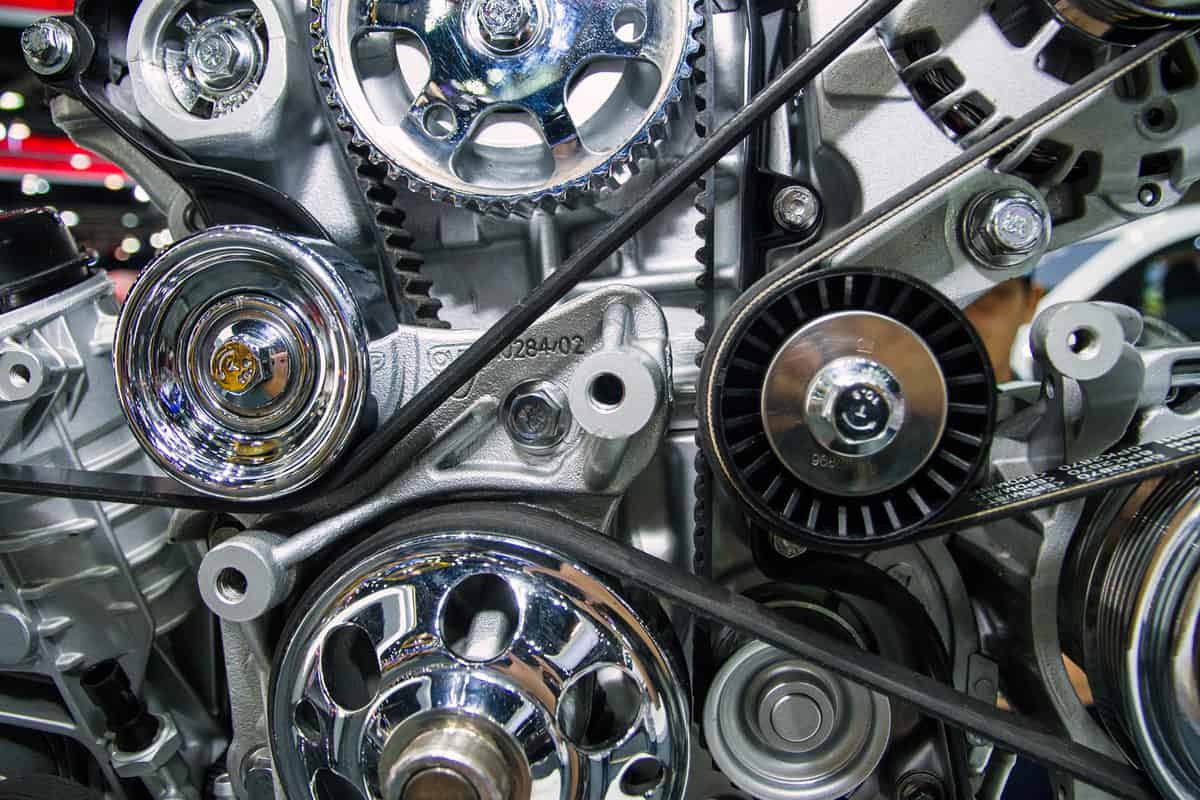
Passive Regen
Passive regeneration requires your vehicle to maintain a steady speed and a specific internal temperature.
When sufficient speed and temperature are obtained, the oxidization of soot buildup into CO2 by your DPF begins. The CO2 is released, and any remaining residue is converted into ash before being collected by the DPF.
This process is continual and happens whenever the vehicle reaches the optimal temperature. Passive regen is happening in your vehicle all the time, and you likely don't even realize it. That's the very nature of the process.
Active Regen
As use continues, soot buildup will demand more than what passive regen can keep up with. This is where active regen comes into play. When your truck's computer indicates your DPF needs cleaning and the temperature is high enough, it initiates active regen.
Active regen requires a small amount of fuel, automatized into a fine spray not to burn, introduced into the DPF. Instead of burning outright, this spray creates intense heat that oxidizes any remaining soot in the filter.
This process may occur daily or even more, given certain driving habits. The only thing required of the driver during this process is maintaining driving speed during the process.
If driving speed is interrupted as active regen occurs, you will likely have to restart the process again the next time you are up to speed.
Parked / Forced Regen
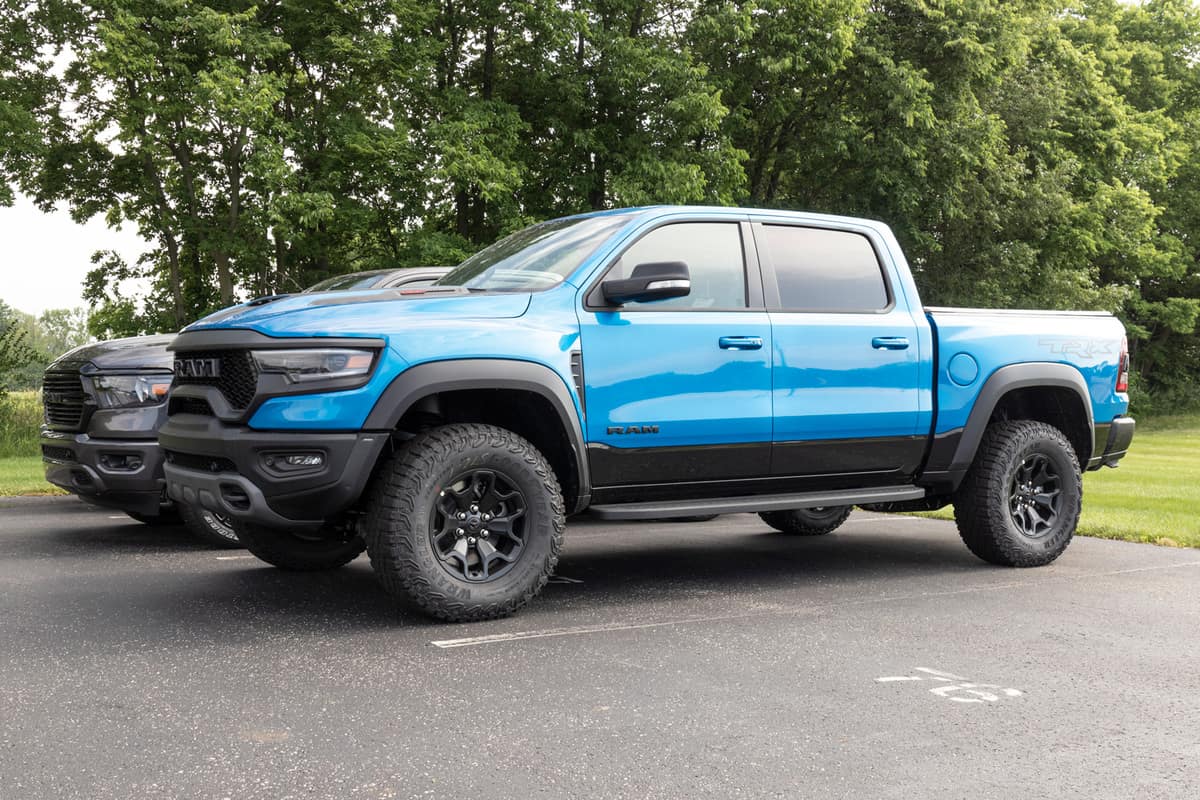
The third type of regen occurs when the active regen process is disabled or otherwise interrupted for too long. To begin a parked regen, entirely stop your truck with the engine running and the parking brake applied.
Make sure you are parked away from any flammable material or vapors, as the process burns twice as much fuel as other types of regen.
Will parked regen stop on its own?
A parked regen is controlled by your truck's computer system and only requires the correct conditions to be met. The process should last between 45 minutes to an hour and no longer.
If your parked regen takes longer than this or isn't finishing, something is wrong. Take your truck to a mechanic to be looked at as soon as possible.
Some signs that your parked regen has successfully finished are the idle returning to normal speed, the distinct smell of burnt soot from the tailpipe, and an increase in temperature on the exhaust components throughout.
Read now on VEHQ: "5 of the best fuel injector cleaners for diesel engines"
How long does a truck Regen take?
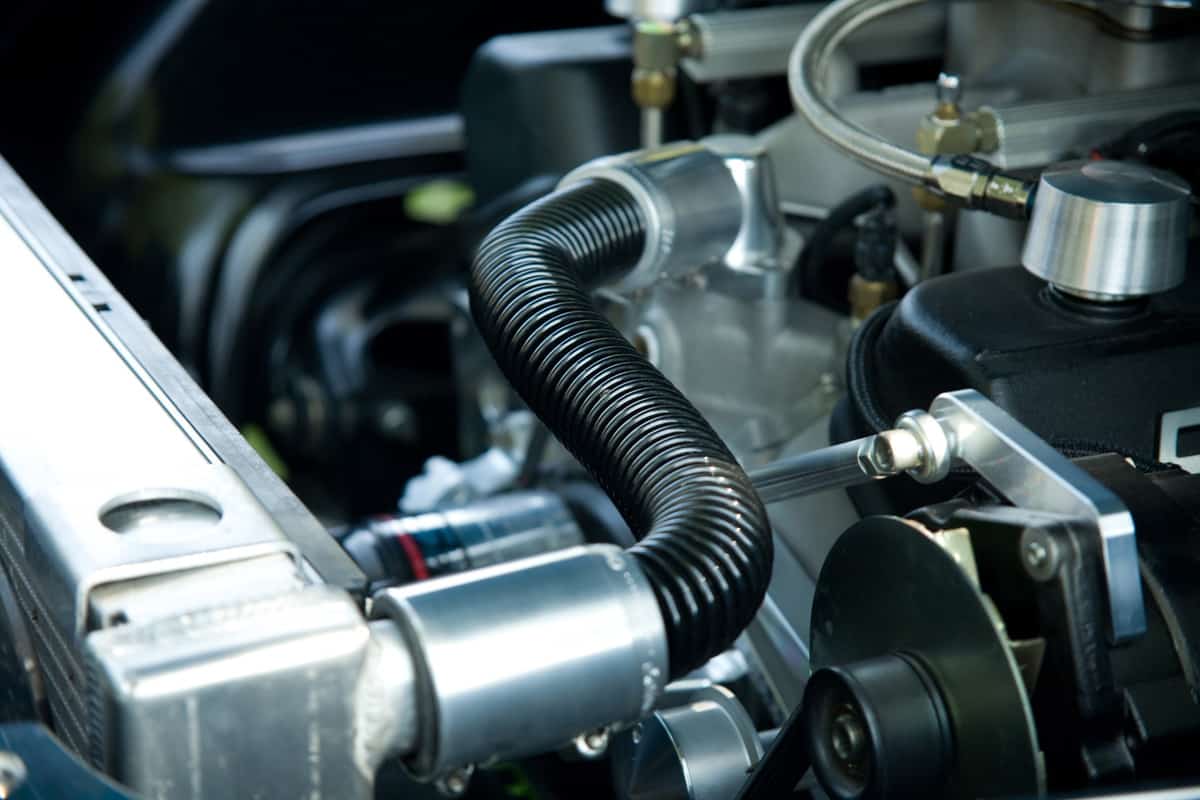
Truck regenerations take approximately twenty to sixty minutes, depending on the type of regen, the amount of build-up, and engine type.
If you've been putting regening your engine off for a period of time, soot buildup has only accrued, and you can expect to spend the length of this time range waiting.
If you're engaging in a daily routine passive regen, it's likely to take much shorter.
While interrupting a regen if necessary won't damage your vehicle in the short term, continually putting off regens will only make your eventual required process take that much longer. Keep that in mind when putting off the process.
How often should a truck Regen?
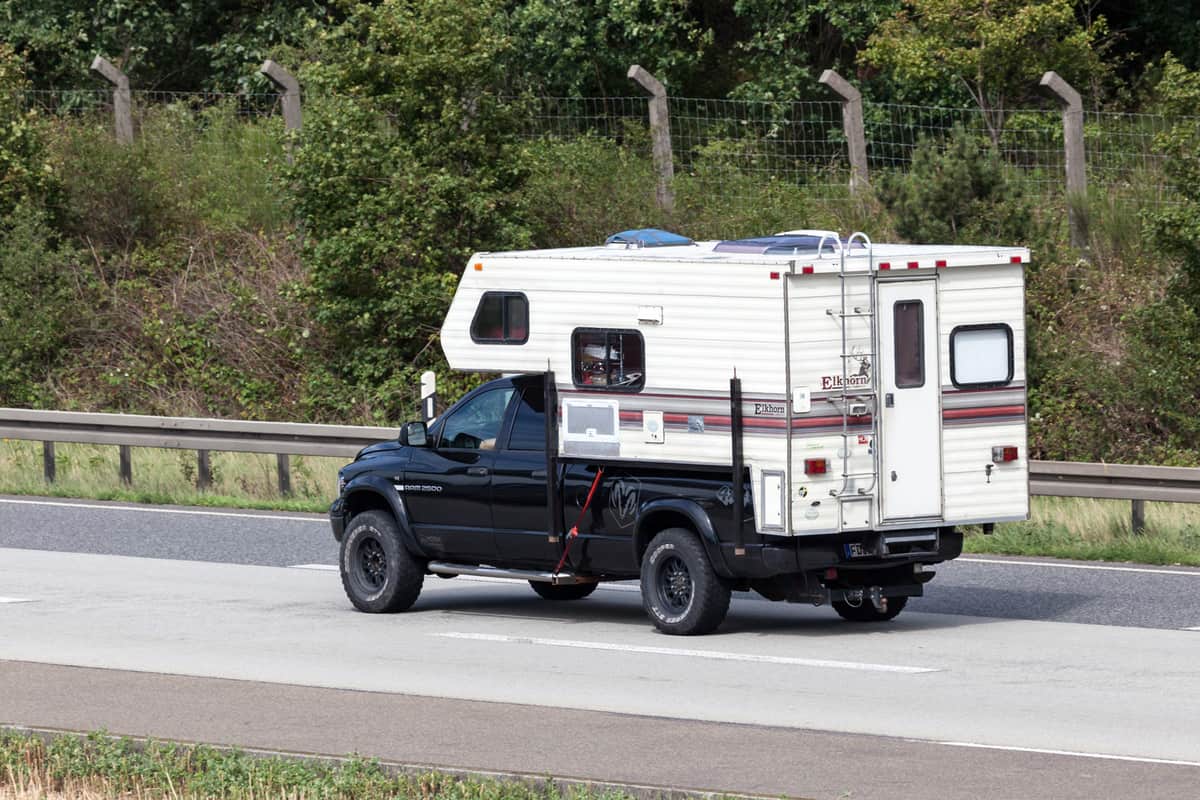
The frequency of your truck's regeneration is another variable situation. Regeneration is an 'as needed' procedure and therefore has no set schedule on which it will need to occur.
The amount of soot your engine is creating and your driving habits are significant factors at play.
Frequently stopping and starting when driving will increase the need for regen at frequent intervals. The quality of gas and oil are factors that will play into how often regen needs to occur.
If it is a safety hazard to continue a regen at the current point of time, stop your regen.
It won't cause any short-term damage to do so, and you'll be able to continue driving safely. But you will need to regen eventually, and putting off active and passive regens will only lead to the eventual need to do a full parked regen once your truck is no longer operable.
Read now on VEHQ: "Do Diesel Engine Cleaners Really Work?"
What happens if you don't Regen a truck?
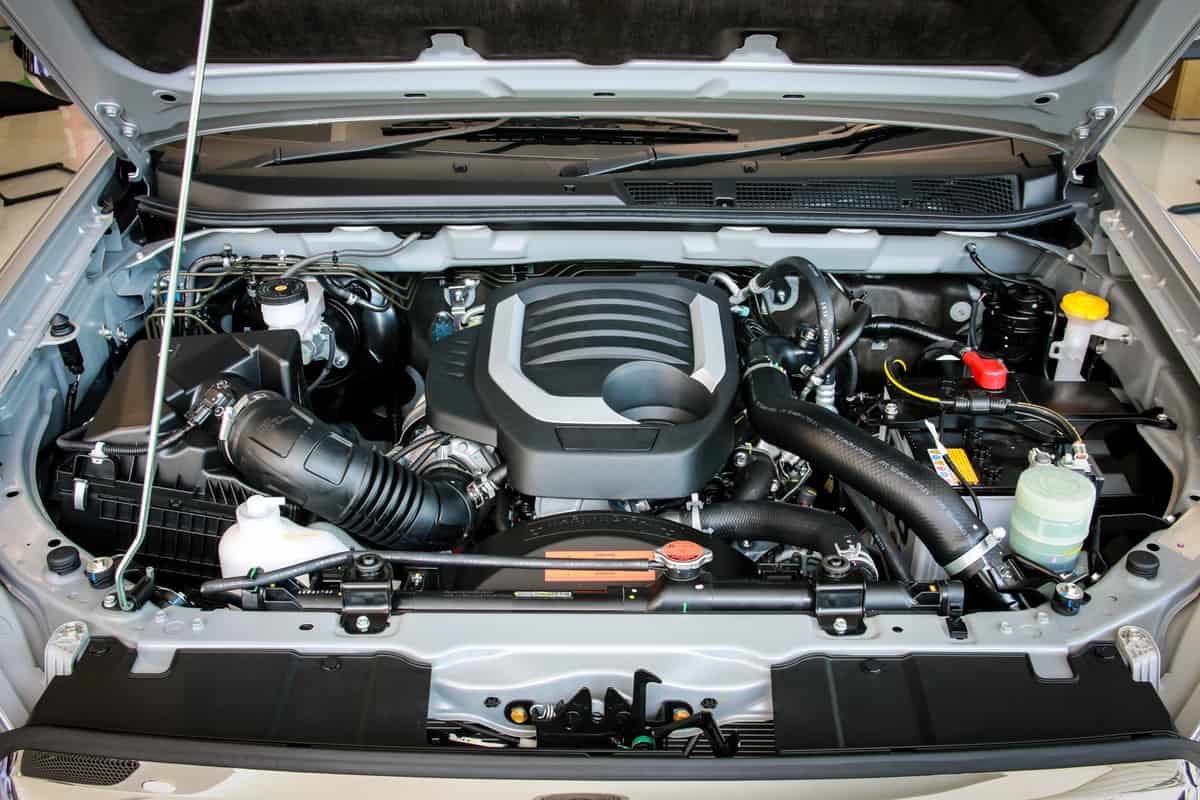
Disabling regen cleaning is helpful in situations where it's unsafe to conduct the process or you lack time to finish. However, this ability to continuously push back the process can lead to unfortunate habits when continuously engaged in.
Should you continue to impede your truck's attempts to regen, situations will arise.
Your DPF light will serve as your first warning you need to regen your truck, likely followed by the Check Engine light. You may also see various diagnostic codes about emissions and engine buildup pop up as well. These all refer to the soot buildup in your engine.
If the buildup gets bad enough, an engine may cease to function entirely to protect the DPF and engine from damage. It's necessary to be safe when engaging in vehicular regen, but it's also necessary you don't put it off forever lest you get yourself in some serious trouble.
How do you force a regeneration?
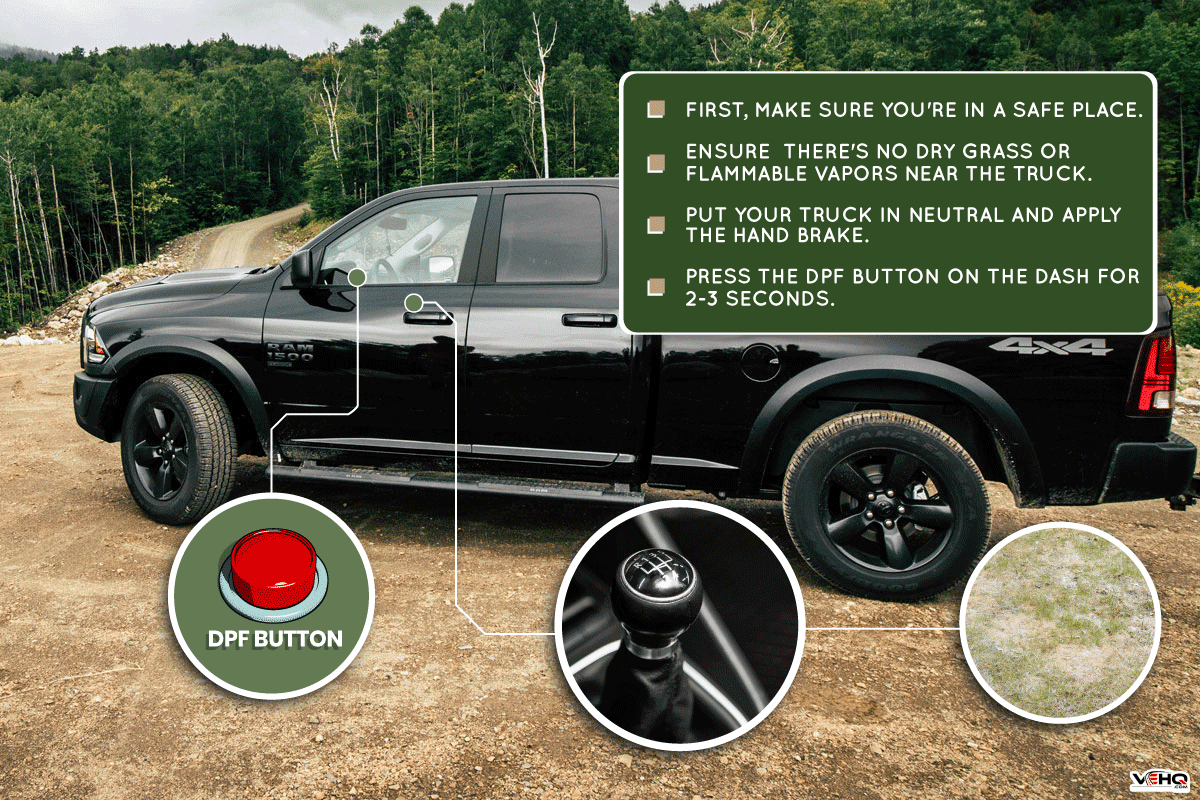
As previously mentioned, the first thing you do is make sure you are in a safe place to do so. Ensure there is no dry grass or flammable vapors near your vehicle, as things will get hot. Ventilation is essential for similar reasons. This is priority number one.
Once the surrounding area is safe, you can start. Put your truck into neutral and apply the hand brake. Don't touch the pedals or mess with the gas at all. Your dash should have a DPF button. Press it for 2 to three seconds and let the process begin.
Various models have slightly different dashes, and systems so consult your manual when engaging in your first few parked regens and always keep safety in the forefront of your mind.
In Closing
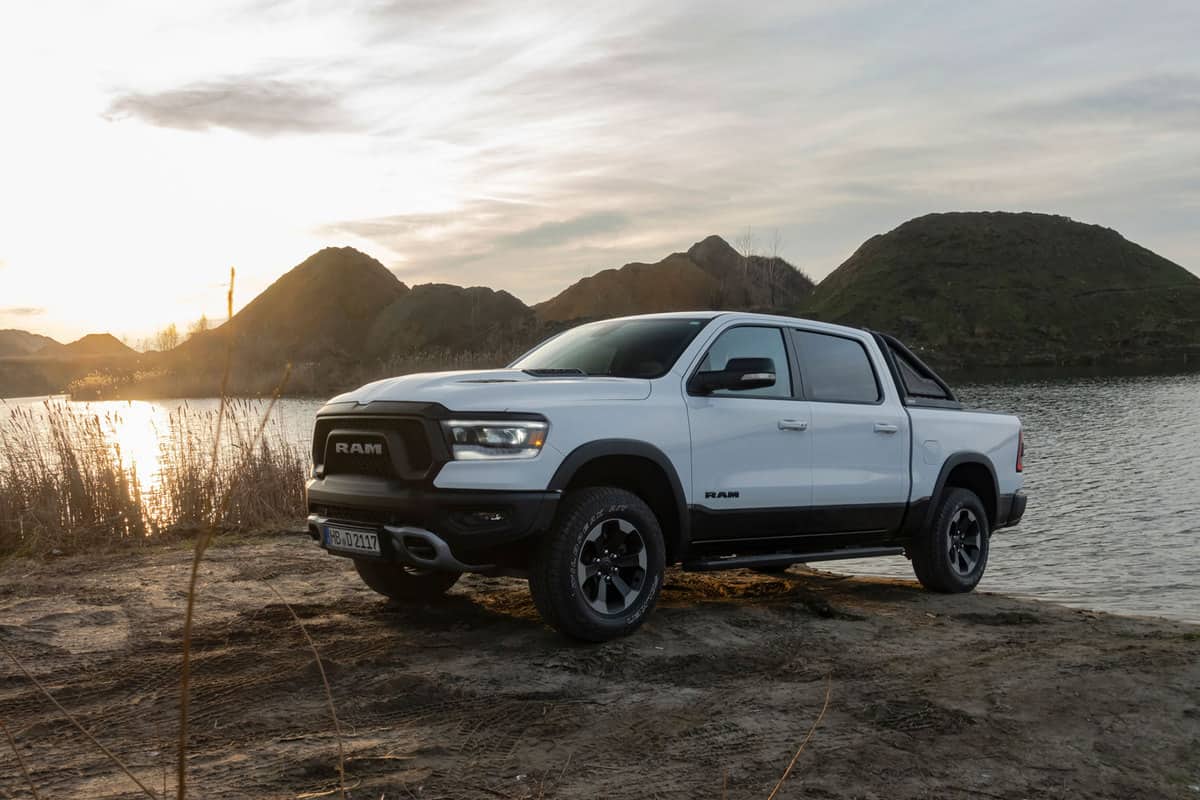
Thankfully, much of the regen process is automated and done on the road. It requires us only to allow it to happen and engage in enough suitable driving for the process.
When parked regen does need to happen, though it's inconvenient to do so, let it happen. Your truck is asking for it for a reason.
Remember to stay safe and responsible in your driving and vehicle care, and both you and your truck will be happily on the road with no problems.

How long will it take for the dpf to cool after regen I know it has contributed factors but on a average day temperature
I have a 2015 Dodge Ram 2500 6.7L diesel truck. It just automatically did a regeneration due to exhaust filter being full. It completed with no issues at all and my truck is running fine. My question is, do I need to take it to the dealership or mechanic to do anything like change this filter? Or am I good to go and can continue driving it?
Thank you
Steve
Pls some driver says the regen. An be remove is it sound good to remove regen from truck?
They said some one can remove regen if you do so what will happen to the truck?